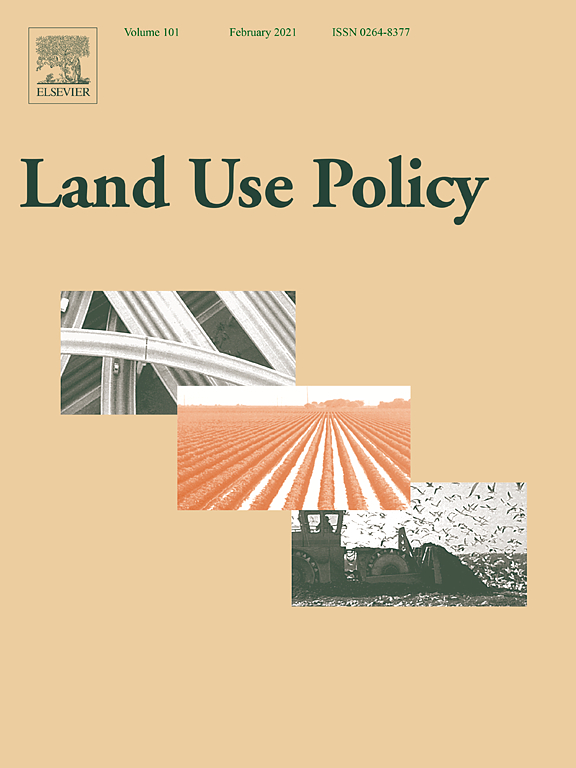Adoption of improved amaranth varieties and good agricultural practices in East Africa
This study quantifies the adoption of improved amaranth varieties in Kenya and Tanzania, and the extent to which these result from international vegetable breeding research conducted by the World Vegetable Center (WorldVeg) and partners. The study used expert elicitation and a questionnaire survey among vegetable seed producers. Nine expert panels were conducted involving 123 local experts. The results show that improved amaranth varieties were planted on 51% of the planted area in Kenya and 70% in Tanzania.


